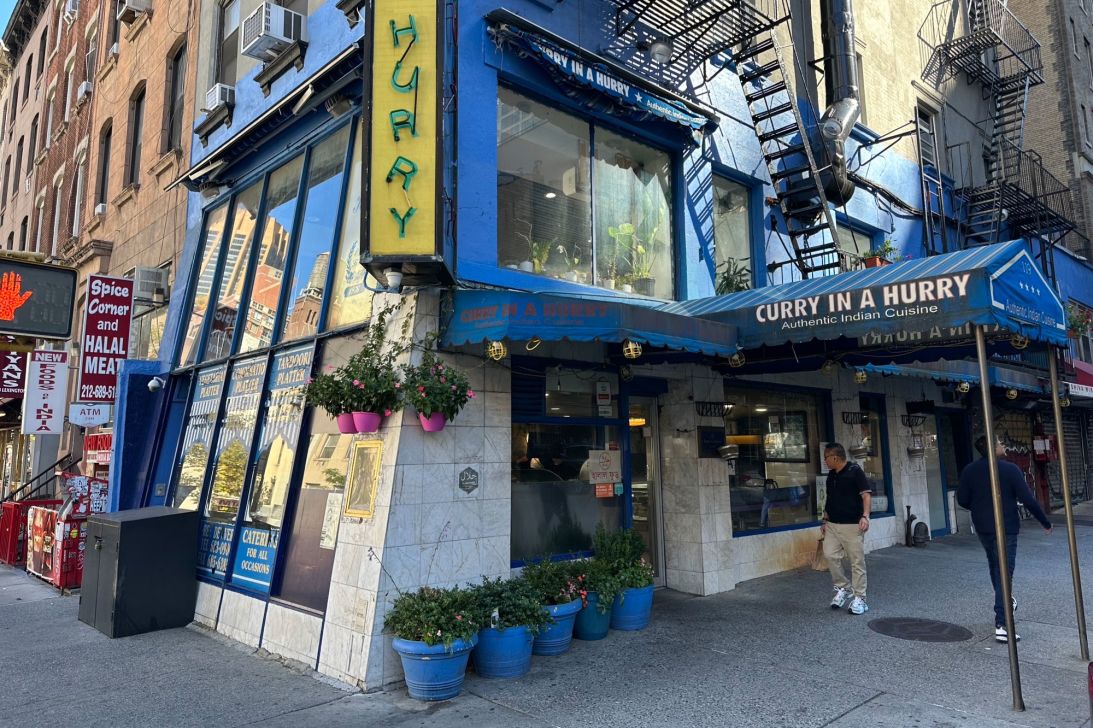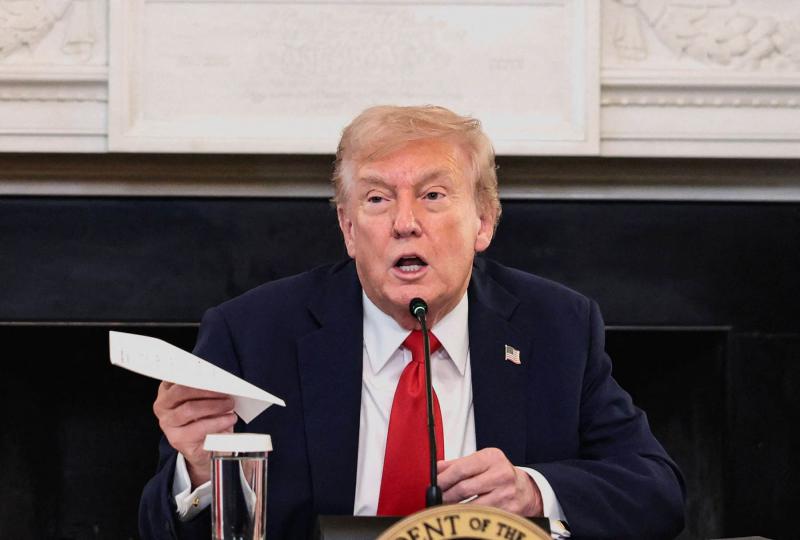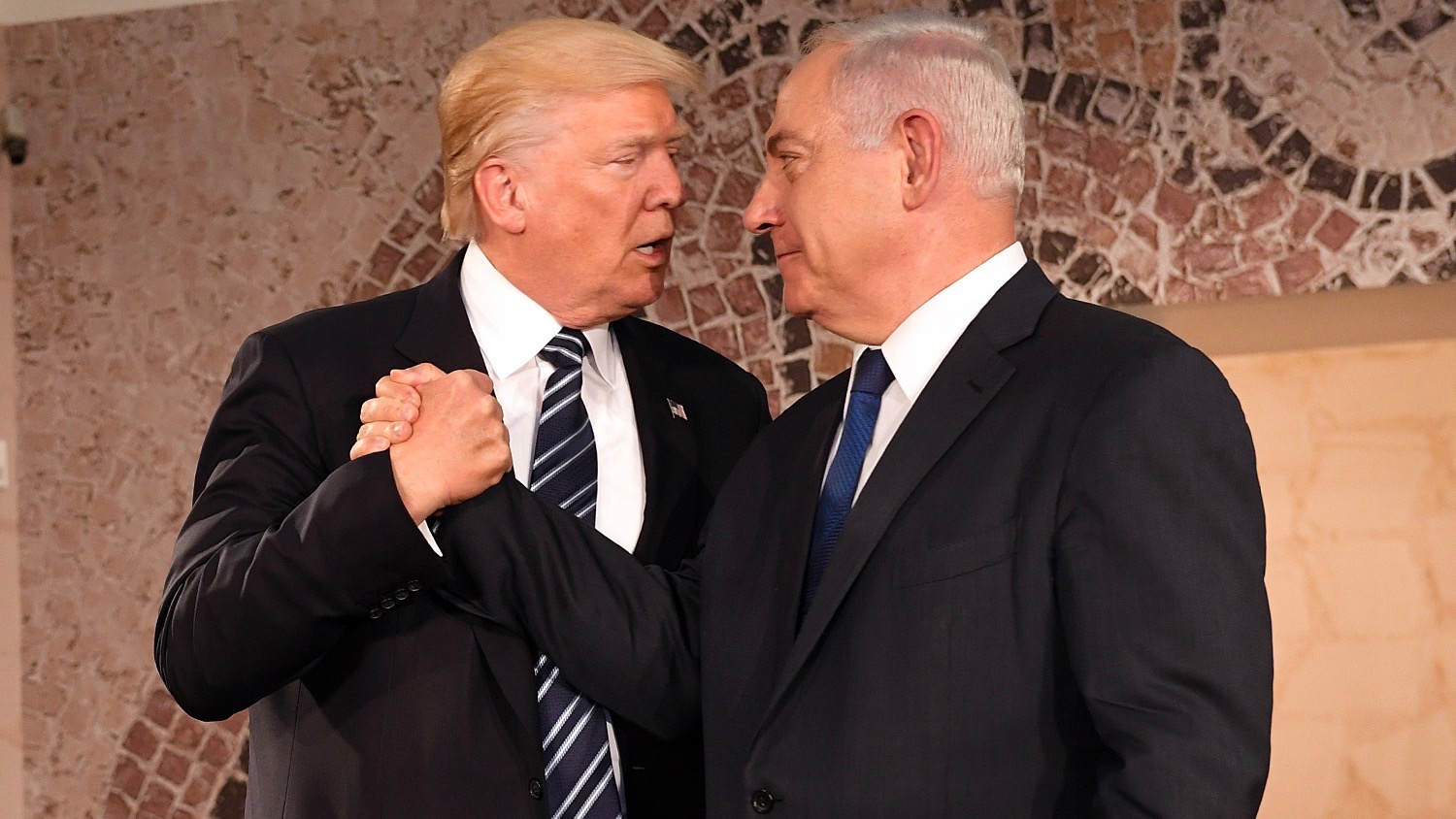Meta Description: Investigators uncover a secret poker ring inside a Manhattan apartment allegedly run by the Bonanno crime family and aided by celebrity athletes. Here’s how it stayed hidden for years.
A Luxury Apartment with a Hidden Secret
Behind the sleek façade of a Kip’s Bay apartment in Manhattan, an invisible empire thrived — one fueled by high-stakes poker, celebrity glamour, and Mafia control.
Prosecutors allege that this Manhattan Mafia poker ring, linked to the Bonanno crime family, operated quietly behind closed doors, draining unsuspecting victims of more than $7 million through deceit, rigged tables, and intimidation.
The Hidden Operation: How It Worked
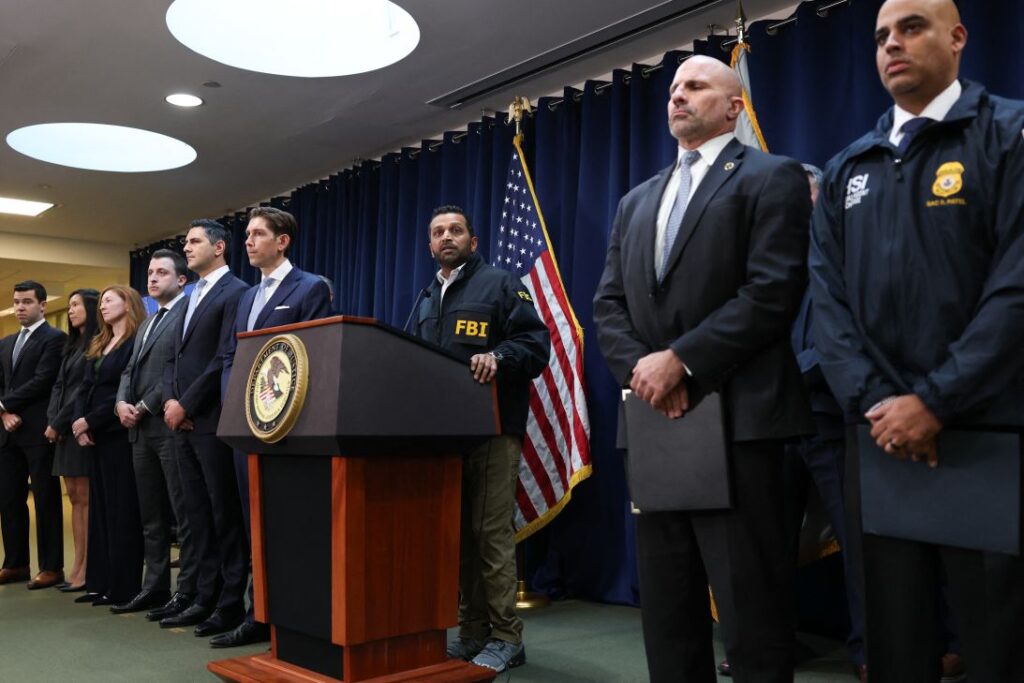
Inside the luxury apartment, cards shuffled and glasses clinked while a sophisticated scheme unfolded.
According to the U.S. Attorney’s Office, members of four Mafia families — Bonanno, Gambino, Genovese, and Lucchese — collaborated to run illegal poker games disguised as elite social gatherings.
What made the case explosive was the celebrity involvement. Among those arrested were Portland Trail Blazers head coach Chauncey Billups and former NBA player Damon Jones, accused of lending star power to attract wealthy victims.
An attorney for Billups denied all allegations, but the arrests stunned both the sports world and long-time New Yorkers who thought such Mafia tales belonged to the past.
Mafia Families Involved: A Quick Comparison
| Mafia Family | Known For | Role in Poker Ring (According to Investigators) |
|---|---|---|
| Bonanno | Gambling, extortion, money laundering | Alleged organizers of the Manhattan operation |
| Gambino | Construction rackets, narcotics | Provided muscle and protection for games |
| Genovese | Old-school Mafia leadership | Financial backers and facilitators |
| Lucchese | Smuggling, fraud, gambling | Managed player recruitment and logistics |
The Neighbors Who Saw Nothing
Outside, life went on as usual.
Dog walkers, coffee drinkers, and residents of Lexington Avenue passed by — oblivious to the Mafia-run poker ring operating within their midst.
A local shop owner, who identified himself only as “AK,” wasn’t surprised.
“It’s New York,” he said. “These things happen quietly. You never see it until the FBI shows up.”
Many residents interviewed said they never noticed anything strange — proving just how skillfully this secret world blended into the fabric of ordinary life.
Rigged Tables and High-Tech Tricks
This wasn’t a simple backroom game. Investigators revealed that the poker tables were digitally rigged with X-ray cameras, marked cards, and electronic shufflers designed to predict winners.
Accomplices wearing special contact lenses could see markings invisible to the naked eye, giving them an unfair advantage while remote operators signaled moves through subtle gestures.
“This is the new Mafia,” said former FBI agent Joe Cantamessa.
“It’s not just muscle anymore — it’s microchips, cameras, and code.”
The operation’s sophistication showed how organized crime has evolved in the digital age, using technology to stay one step ahead.
Echoes of New York’s Dark Past
From the 1950s through the 1980s, New York’s Mafia reigned supreme — running rackets from Little Italy to the Bronx. Names like Gotti, Gigante, and Castellano defined an era of fear and control.
Today, their influence is quieter, but still present. Instead of backroom deals, the Mafia’s influence has shifted online, blending into the modern cityscape while retaining its signature secrecy.
“They never left,” says former mobster Louis Ferrante, now an author and speaker.
“They just moved upstairs — to penthouses instead of social clubs.”
Manhattan’s Dual Reality
Walk down 27th Street in Kip’s Bay, and the air is thick with aromas from Indian curry houses and coffee roasters, a neighborhood affectionately nicknamed “Curry Hill.”
But just a block away, in a quiet apartment, the FBI says hundreds of thousands of dollars exchanged hands over rigged games.
Locals like restaurant manager Sajjad Chowdhury weren’t shocked but rather resigned.
“They live in the shadows,” he said. “You don’t see them, but you know they’re there.”
The contrast between ordinary life and organized crime underscores how deeply interwoven the city’s past remains with its present.
A Modern Mafia Still Thriving
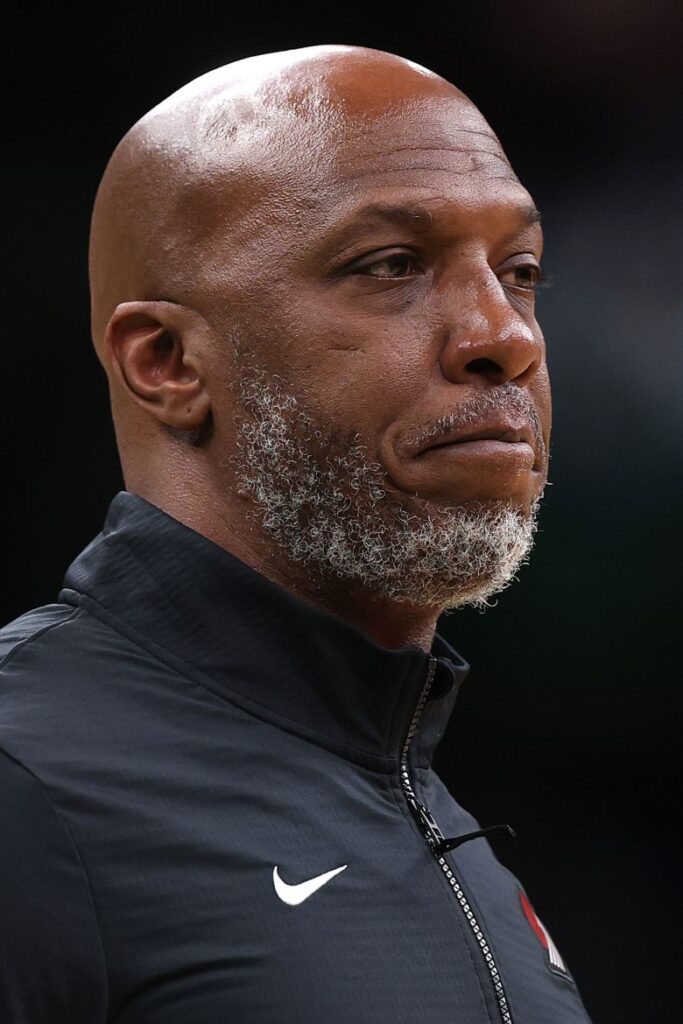
Despite decades of crackdowns, New York’s Mafia network continues to find new avenues for influence — particularly in illegal gambling and online scams.
Law enforcement sources say today’s mob is smaller, leaner, and more digital. They use legitimate fronts, cryptocurrencies, and coded messages to move money and evade detection.
“It’s a business model now,” Cantamessa added. “But make no mistake — it’s still the Mafia.”
The Illusion of Safety
Even with FBI arrests and media coverage, the Manhattan Mafia poker ring reminds the world that organized crime rarely disappears — it adapts.
From quiet apartments to elite poker tables, the underworld continues to operate in plain sight, feeding off ambition, greed, and secrecy.
In New York, the city that never sleeps, its shadows never truly fade — they just learn to blend with the light.


